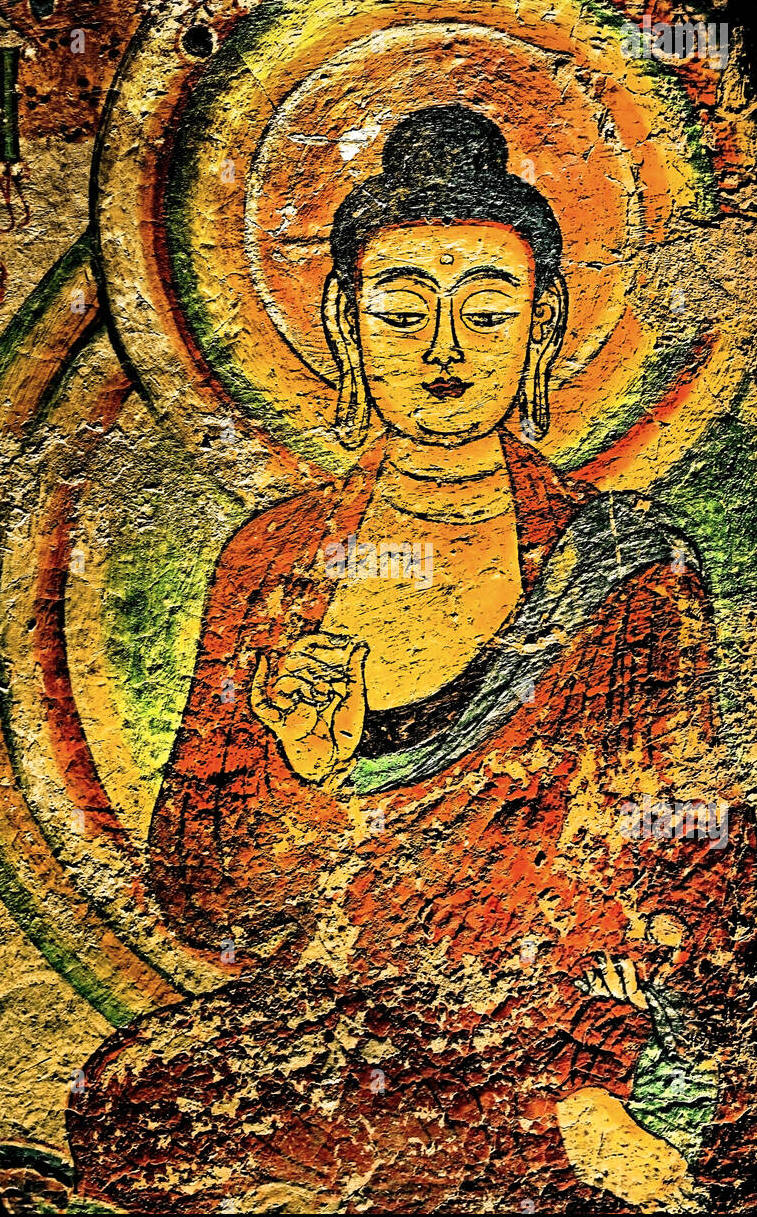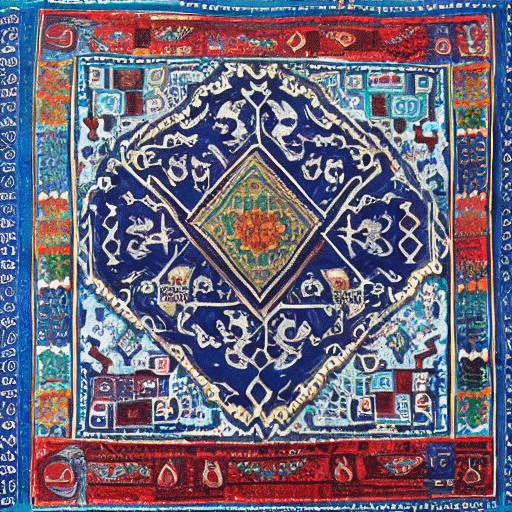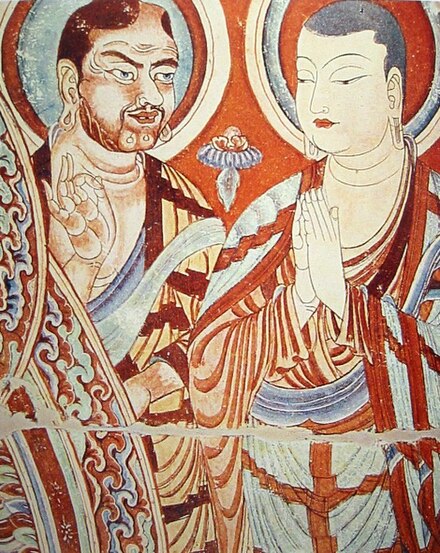Cultural and Religious Influence
Central Asia has always been a melting pot of diverse cultures and religions.
This is especially evident in the cities along the Silk Road, where various faiths coexisted and exchanged ideas.
Syncretism is apparent in religious practices, art, and social customs, as elements of Zoroastrianism, Buddhism, and later Islam became woven into local traditions.
Cultural Influences
- Buddhism and Art:
Buddhism had a profound cultural impact on Central Asia as it spread westward from India.
Buddhist art, including stupas, sculptures, and frescoes, was heavily influence
 d by Central Asian artistic traditions. The city of
Bamiyan (Afghanistan) is renowned for its monumental Buddha statues,
carved into stone, symbolizing the region's rich cultural exchanges.
d by Central Asian artistic traditions. The city of
Bamiyan (Afghanistan) is renowned for its monumental Buddha statues,
carved into stone, symbolizing the region's rich cultural exchanges.The Gandhara region, spanning modern-day Pakistan and Afghanistan, became a key center of Buddhist culture and art, where Hellenistic and Indian artistic traditions merged
- Turkic Influence:
From the 6th century CE, Turkic tribes rose to power in Central
 Asia, shaping the region's culture.
Asia, shaping the region's culture.Turkic language and traditions spread widely, influencing local cultures, even in the Iranian-speaking areas. The Turkic Khaganates played a pivotal role in uniting large parts of Central Asia and promoting the spread of Turkic languages, art, and military strategies.
Religious Influences
- Zoroastrianis:
The Sogdians, Bactrians, and other Iranian-speaking peoples of Central Asia practiced Zoroastrianism, which emphasized dualism, fire worship, and a strong moral code.
Zoroastrianism also influenced later religious movements, such as Judaism and Christianity, particularly through the exchange of ideas along the Silk Road.
- Buddhism:
Buddhism began to spread into Central Asia from India by the early centuries BCE, particularly as the region was incorporated into the Kushan Empire, which facilitated the transmission of Buddhist ideas.
 Buddhism
shaped local art, literature, and philosophy, with monks and traders
playing a key role in spreading Buddhist texts and practices to
China, Korea, and Japan. The Silk Road became a major conduit for
the movement of Buddhist ideas and the construction of shrines,
temples, and monasteries along the route.
Buddhism
shaped local art, literature, and philosophy, with monks and traders
playing a key role in spreading Buddhist texts and practices to
China, Korea, and Japan. The Silk Road became a major conduit for
the movement of Buddhist ideas and the construction of shrines,
temples, and monasteries along the route.
- Islam:
From the 7th century CE onward, Islam began to spread into Central Asia, initially through Arab conquests and later through trade and the efforts of Sufi mystics.
The spread of Islam brought cultural changes, including the adoption of Arabic script and the integration of Islamic art, architecture, and sciences. The region became an intellectual and cultural hub during the Islamic Golden Age, especially in cities like Samarkand and Bukhara, which became centers of learning, science, and philosophy.